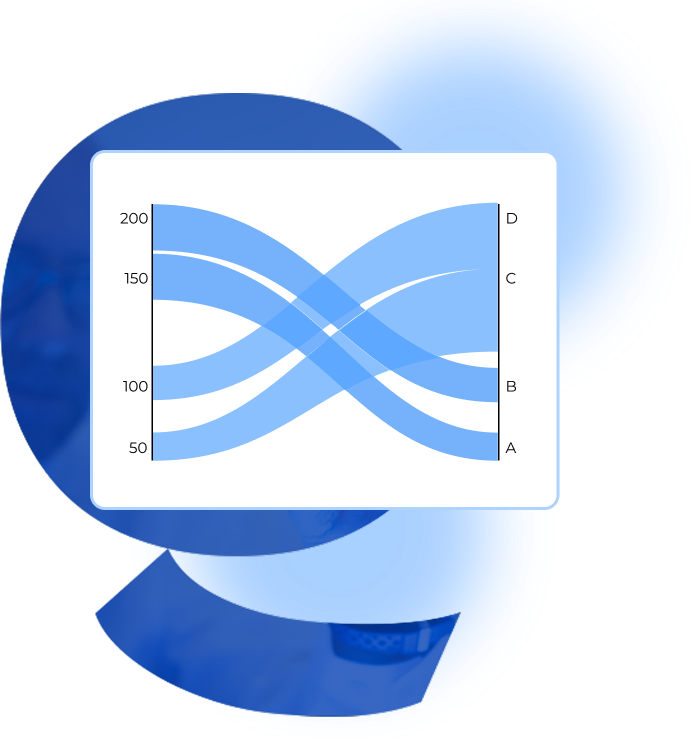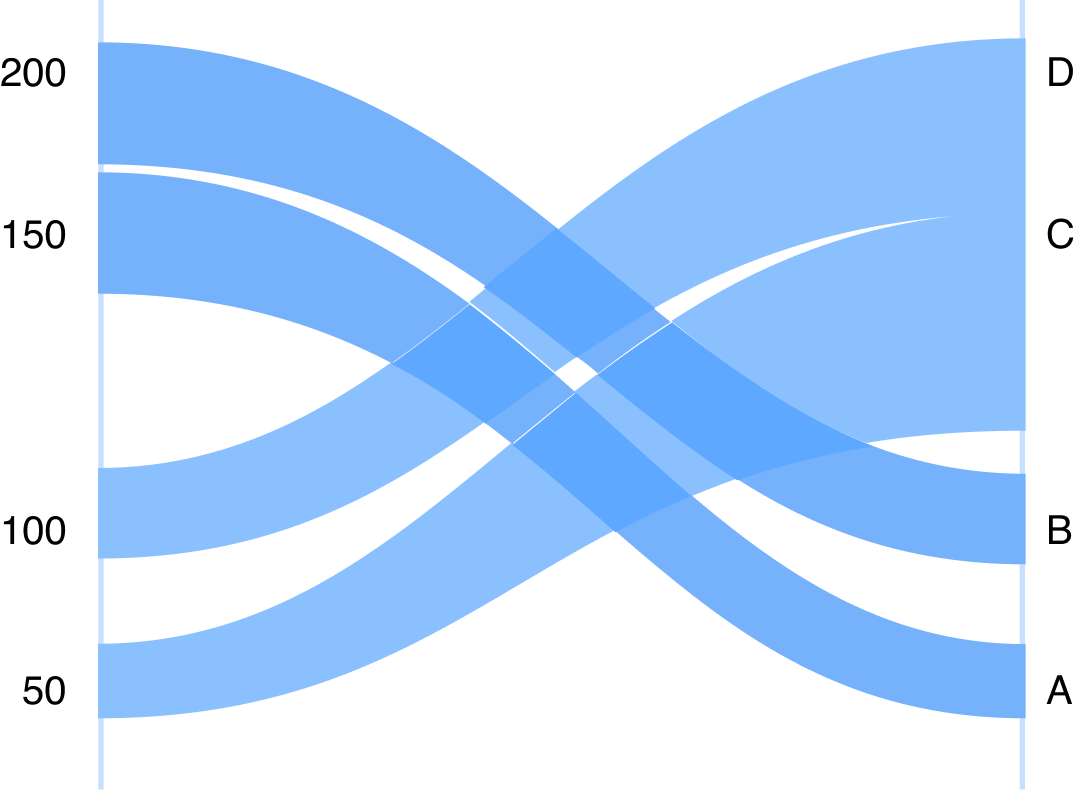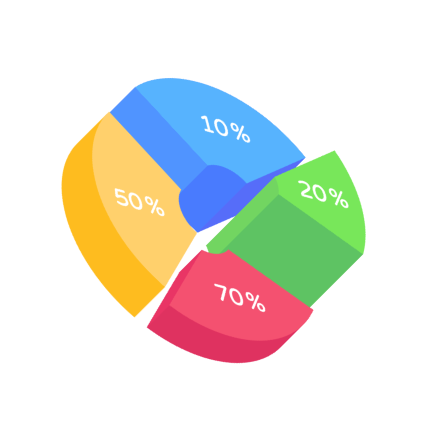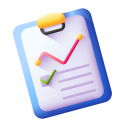Generate insightful alluvial diagram and chart to track changes and trends over time.


A step-by-step guide for creating a Donut Chart through QuickGraphAI Editor:



QuickGraph AI Editor transformed how we present data. The AI-powered insights and seamless interactive editor make complex visualizations effortless and dynamic. It was like having a data scientist and a designer in one tool!

Explore our insightful blog posts
Visualize your data with Parallel Coordinates Plots.
Compare multiple variables effortlessly and create a spectacular parallel coordinate chart with ease.
